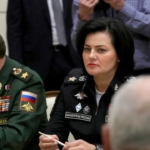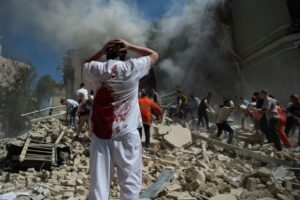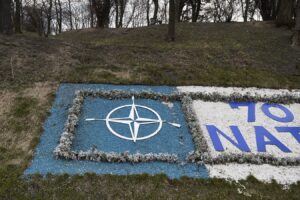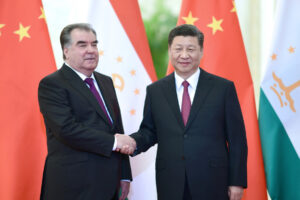The first one went up on Monday – an Egyptian remote sensing satellite sent on a flight path across the Indian Ocean into orbit from the Jiuquan Satellite Launch Centre in the Gobi Desert in northwest China.
Two more satellites – the Tianyan 16 meteorological satellite equipped with a microwave detection system, and Starpool 1A, a remote sensing satellite – followed a day later aboard a Ceres-1 Y9 rocket launched from the Jiuquan centre and flying over the Indian Ocean.
And on Wednesday, a test communications satellite was sent into low orbit via a Smart Dragon 3 carrier rocket. Flying over the South China Sea, the rocket was launched through a sea platform from waters off the coast of Yangjiang in the southern province of Guangdong, Xinhua reported.
Four more satellites were also launched on the weekend – three via the Zhuque-2 Y-3 rocket from the Jiuquan centre on Saturday and a remote sensing one via a Long March-2D rocket from the Xichang launch centre in the southwestern province of Sichuan on Sunday. Sunday’s rocket was the only one that went near Taiwan.
Soon after each lift-off, Taiwan’s defence ministry took the unusual move of noting publicly that it was aware of the launches. The ministry appeared to avoid using any confrontational rhetoric that could stoke military tensions ahead of the island’s presidential elections next month.
It urged the public to remain calm and said the rocket launches posed “no threat” to the island.
Each statement ended with the line: “We have closely monitored the vehicle’s activity and are ready to respond, if necessary.”
While the ministry has reported mainland military activities near the island since September 2020 to draw public and international attention to Beijing’s intimidation of Taipei, it is unusual for it to report Beijing’s satellite launches, particularly when the flight paths were not near or over Taiwan.
Observers said the ministry’s brief statements were not just a message for the Taiwanese public – they were a tactic to leave the People’s Liberation Army in the dark about its abilities.
They also warned that the launches indicated that Taiwan’s military movements were probably all coming under the “watchful eye” of the PLA.
The Taiwanese defence ministry has noted recent mainland rocket launches near the island.
On October 5, the ministry said it detected a Long March-2D carrying a remote sensing satellite that could be used for spying purposes. The report raised concern among politicians over possible PLA attacks in the future. The rocket was confirmed in a trajectory that skirted the edge of Taiwan’s southwest air defence identification zone – a path the PLA has been using regularly in its military operations around Taiwan.
Another ministry report on November 9 revealed its detection of a Long March-3B rocket carrying a communications satellite and travelling in the atmospheric layer over Taiwan, further fuelling anxiety on the island. Some legislators claimed Beijing did it on purpose to try to warn residents against voting for the ruling, independence-leaning Democratic Progressive Party (DPP) in the January 13 presidential and legislative elections.
Beijing considers Taiwan a wayward province that must be taken under control, by force if necessary. It has intensified its military operations around the island in response to what it perceives as attempts by the DPP government to push for independence with the help of the United States.
Like most countries, the US – Taipei’s informal ally and biggest arms supplier – does not recognise Taiwan as an independent state but is opposed to any unilateral change of the cross-strait status quo by force.
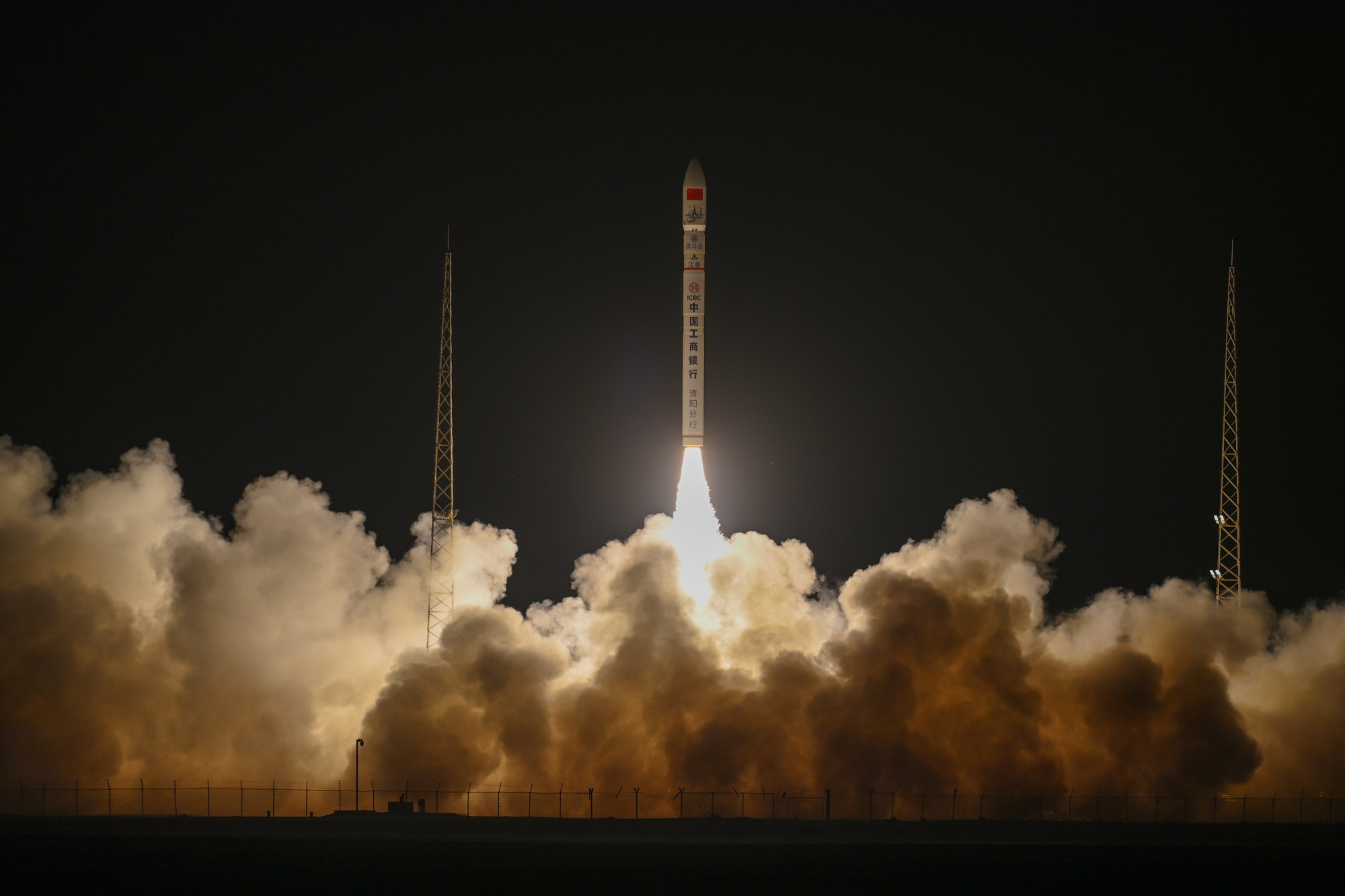
Shu Hsiao-huang, a senior analyst at the Institute for National Defence and Security Research, a government think tank, said last week’s brief statements about the launches were meant to reassure the island’s public.
“By releasing those statements, the defence ministry aimed to tell people in Taiwan that everything was under its control and that there was nothing to worry about,” he said.
Shu said the defence ministry was able to gather detailed information about the launches with the help of advanced radars and other detection systems as well as intelligence shared by the US and other countries.
But by keeping the statements brief, the island could keep the PLA guessing about just how much it knew.
“By making those launches outside Taiwan public, the ministry can also leave the Chinese communists in the dark over its ability to gather intelligence,” Shu said.
Chieh Chung, a security analyst at the National Policy Foundation, a think tank affiliated with the main opposition Kuomintang party, said the launches also highlighted the need for Taiwan to counter the impact of Beijing using satellites in potential conflicts in the region.
“Mainland China has a systematic plan to develop its satellite network programmes. Besides its spy or surveillance satellites, it has sent a great number of meteorological, communications and other satellites into the Earth’s orbit, which can be converted to military use if needed,” he said.
By deploying global positioning, communications and imaging sensing satellites, the PLA was able to hold joint naval and air drills in areas far away from the mainland, Chieh said, adding that the PLA would be able to use the satellites to track the positions of its enemies.
He said the PLA could also use meteorological satellites to find out the weather and other climate details before making a full combat plan during a potential war.
“Worse still, those satellites can place Taiwan’s military under the scrutiny of the mainland, meaning all of our military movements could come under the PLA’s watchful eye,” Chieh said, adding the island should “seek to invest immensely on how to tackle those challenges”.
Lin Ying-yu, a professor of international relations and strategic studies at Tamkang University in New Taipei, also said Taiwan should fully prepare for the PLA’s use of spacecraft in potential regional conflicts.
Source : SCMP





